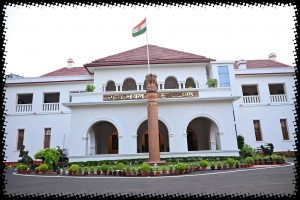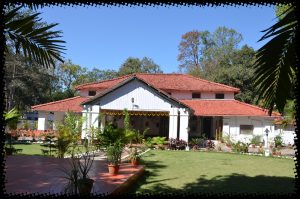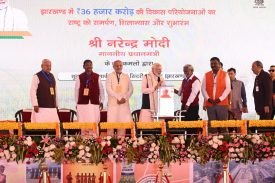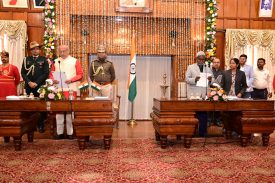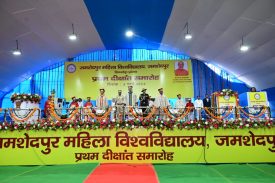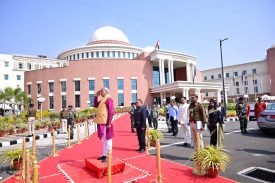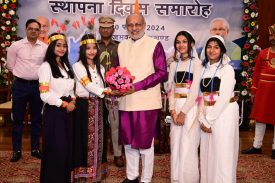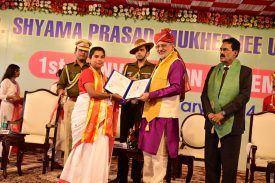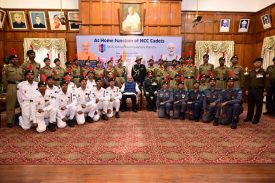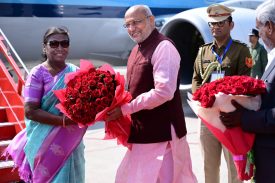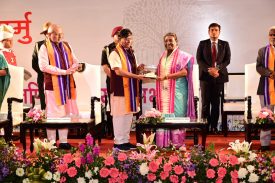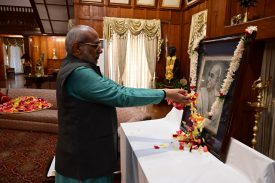On AUGUST 2, 2000 the Parliament of India passed Bihar Reorganization Bill to create the state of Jharkhand, carving 18 Districts out of Bihar to form Jharkhand state on 15 November, 2000.
Jharkhand became the 28th state of the country when it separated from Bihar on November 15, 2000 – the birth anniversary of Birsa Munda.
The state shares its borders with Bihar to the North, Odisha to the South, West Bengal to the East and Uttar Pradesh and Chhattisgarh to the West. Raj Bhavan, Ranchi, the official residence of the Governor of Jharkhand, is a beautiful building in the heart of the state capital. It is surrounded by lush green lawns and tall trees, truly representing the spirit of Jharkhand. The Raj Bhavan premises are spread over an area of 62 acres, out of which 52 acres are in the main Raj Bhavan Campus and the Audrey House, covers another 10 acres.



















